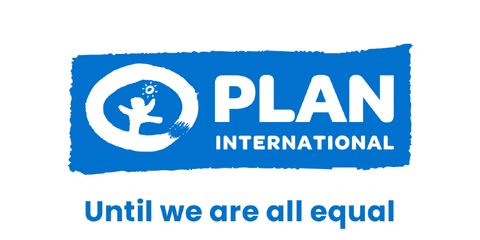Education Under Attack 2020
9 July 2020This study is published by the Global Coalition to Protect Education from Attack (GCPEA), which was formed in 2010 by organisations working in the fields of education in emergencies and conflict-affected contexts, higher education, protection, and international human rights and humanitarian law that were concerned about ongoing attacks on educational institutions, their students, and staff in countries affected by conflict and insecurity.
GCPEA is a coalition of organizations that includes: co-chairs Human Rights Watch and Save the Children, the Council for At-Risk Academics (Cara), the Institute of International Education (IIE), the Office of the United Nations High Commissioner for Refugees (UNHCR), the Education Above All Foundation (EAA), Plan International, the United Nations Children’s Fund (UNICEF) and the United Nations Educational, Scientific and Cultural Organization (UNESCO). GCPEA is a project of the Tides Center, a non-profit 501(c)(3) organization.
Education under Attack 2020 is the result of independent research conducted by GCPEA. It is independent of the individual member organizations of the Steering Committee of GCPEA and does not necessarily reflect the views of the Steering Committee member organizations.
Executive Summary
On the morning of August 9, 2018, more than 50 students from a religious school boarded a school bus for a field trip to a religious shrine and cemetery near Saada, in Houthi-controlled northern Yemen. Like children across the world going on a field trip, they filmed each other on cellphones and waved goodbye to parents through the bus windows. An adult chaperone took attendance, checking off names with a red pen. Backpacks were filled with picnic lunches and pocket money from parents.
Only a few hours later, the field trip devolved into a radically different scene, one that no teacher or student should ever experience. When the bus stopped in the Dahyan market to purchase water, an airstrike by the Saudi Arabia-led coalition in Yemen hit the bus. The attack killed at least 51 people, including at least 26 students and four teachers, and wounded another 19 children and a teacher, according to Human Rights Watch.
“My father says he will buy me toys and get me a new school bag. But I don’t want a new school bag. I hate school bags. I don’t want to go anywhere near a bus. I hate buses, I hate school and I can’t sleep. I see my friends in my dreams begging me to rescue them. So, from now on, I’m going to stay at home.”
Child, Yemen
A week later, students once again travelled together to a gravesite, this time to attend the funeral of their classmates. A year after the attack, media and non-governmental organizations (NGOs) found that students, teachers, and communities were still grappling with the attack’s devastating impact on their physical and mental wellbeing.
Yet the victims of this airstrike were only a fraction of the students, teachers, and educational institutions in Yemen affected by attacks on education as the war there continued into its sixth year. The Global Coalition to Protect Education from Attack (GCPEA) found that between 2015 and 2019, an average of one attack on education was reported each day in Yemen, just over 2,000 incidents in the five-year period. These attacks affected every level of the education system and violated the right to education and other human rights of students, teachers, and education personnel.
GCPEA found that Yemen was one of the countries most heavily affected by attacks on education and military use of schools and universities between 2015 and 2019. But during that period, students, teachers, school personnel, as well as the educational institutions that served them, suffered some form of violence in at least 92 countries and in every region of the world.
GCPEA compiled over 11,000 reports of attacks on education or military use of educational facilities globally between 2015 and 2019. These incidents harmed over 22,000 students, teachers, and education personnel. Education under Attack 2018 documented 12,700 attacks on education between 2013 and 2017. While the overall number of reported attacks has fallen in the 2015-2019 period, Education under Attack 2020 details how attacks have emerged in new geographic regions and increased in others since the last report.
Education under Attack 2020 documents attacks on education in situations of armed conflict and insecurity between January 1, 2017, and December 31, 2019. Each of the 37 countries profiled in Education under Attack 2020 experienced at least ten reported attacks on education or military use of educational facilities in 2017 and 2018, the first two years of the period covered. In addition, the Global Overview and Executive Summary sections analyze trends over the five-year period between 2015 and 2019, to facilitate comparisons with the five-year period included in Education under Attack 2018.
Attacks on education take various forms and may be carried out for political, military, ideological, sectarian, ethnic, or religious reasons. In some cases, attackers use explosive weapons, arson, or gunfire to damage or destroy school or university facilities. In other cases, attackers directly target students and education personnel with force or threats of force, including sexual violence. Armed forces, law enforcement, other state security entities, and non-state armed groups, also use schools and universities for military purposes, sometimes while students and teachers continue to attend, or use schools, or school routes, to recruit children to their groups. These attacks have devastating effects on human lives, educational systems, and long-term peace and development.
Download options
Report
12.05 mb
Categories: Education, Emergencies


